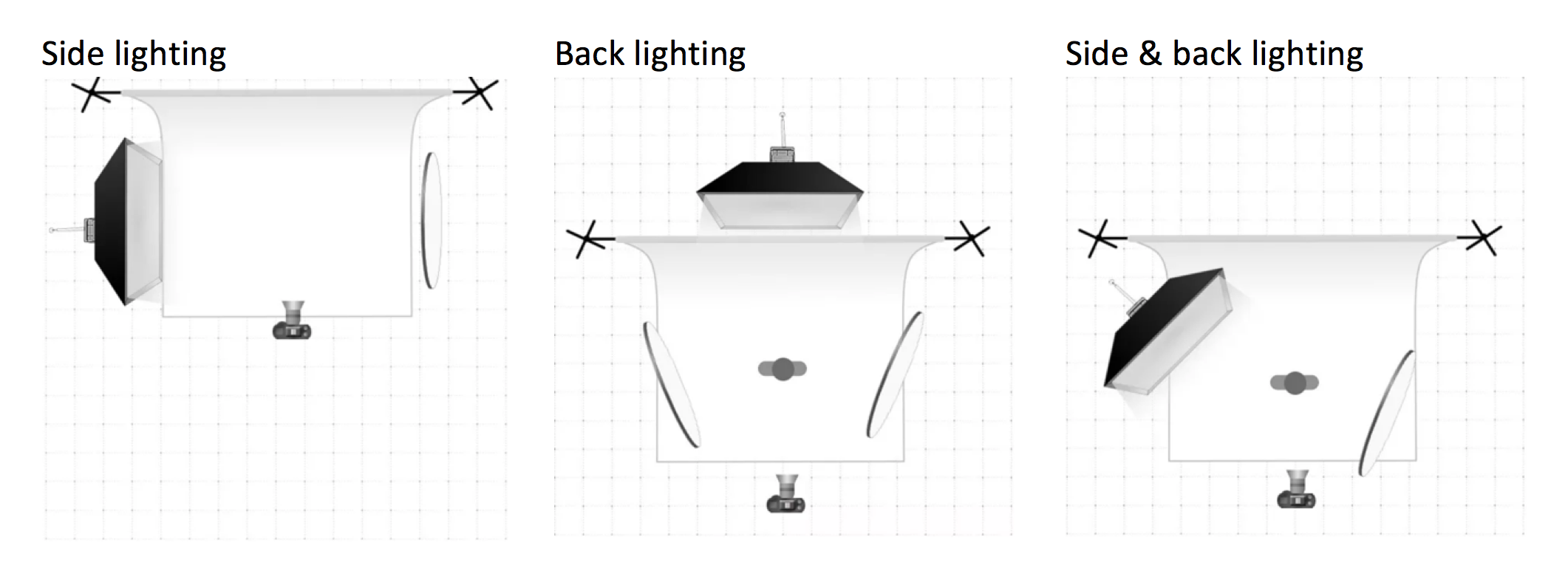Why Light Mood Food Photography Is So Important
This blog post is about the mood light can create in a picture. If you have read any of my previous food photography posts, I also recommend using natural light for food pictures. This can give you more natural tones/shadows, which equals a realistic picture.
During this blog, I will cover the most effective way to take a bright/light moody food picture. The key to this type of styling is neutral colours and bright lighting. Do not get confused about this type of lighting, as the images will not be overexposed in any way. The images will be clean to look at, so you can clearly see the delicious food.
HOW CAN YOU CREATE A LIGHT/BRIGHT FOOD PICTURE?
This is the process I prefer when taking a light/bright moody picture. The most effective lighting is one form of lighting, with bright or white props and a neutral background. Again, I would suggest reflectors bounce and diffuse shadows.
Light/bright mood photography moodboard example
I always form a visual mood board of google images that I feel keep to a theme or mood I am attempting to re-create for a client.
Here is an example of images I have found that represent bright/light food photography
The images taken are all clean, and the colour element is the food colour. Which makes the food stand out from the props and background. The composition used for these examples is the rule of thirds or golden triangles, with depth of field and flat-lay positioning.
Here are some key points to consider.
Use light-coloured backdrops and props
Use a wide aperture for depth of field, and this will let more light into the camera as you take is shot, causing the overall image to be brighter
Decide which angle to shoot from, side or above (flat lay)
Compositions
Use a large light source, such as a window or studio light. Make sure this light source is diffused, and use reflectors.
For this blog, I wish to touch on composition, as this will lead a person into a photo. It helps create the mood per picture. Composition is used in landscapes, still life, and many other genres.
These are the two composition rules for food photography:
Triangles
Rule of thirds
The main two angles to play with are shooting from the side or above. This is to show the range of food and drinks provided, so consider which makes the dishes or drinks more advertising or appealing.
Triangle is known as the golden triangle because it consists of a diagonal line across the frame. It also has two lines at the corners that meet along the long line at right angles. This means the main food dishes need to be placed where the lines meet, as they are the points of interest.
Check out these examples
The rule of thirds divides a photo into 9 squares, 3 across & 3 down. With this grid, you can build a composition layout, using props and food. This will help create balance and draw the viewer’s eye to certain points in the picture.
Here are some examples of this composition
I have touched on the key elements of a light/bright mood picture. Now I have shown examples of two key compositions to use when setting up your own picture.
Next, let’s consider lighting, as this will create the mood.
Here are some lighting diagram setups that work with window lights or artificial lighting sources.
The above lighting diagrams show the camera, reflector, background and light source position. In the first image, the light source is positioned to the left. The 2nd image has the light as a backlight, which works amazingly with glass objects, and the 3rd shows two forms of lighting.
The lighting position per picture or mood is the same. However, for the light/bright mood picture, use reflectors to diffuse harsh shadows.
This image is nicely lit, but to make it a Light/Bright mood picture, I would work on diffusing the arrow-shadowed areas and I would use a neutral background sheet.
After reading this blog, I hope you will take away the following from all that I have included:
Use neutral props and background
Use natural or artificial lighting
Place the light source to the left, right or backlight.
Use leading composition to lead the viewer into the picture
Take a correctly exposed picture
Lastly, diffuse the shadows within the picture to brighten the image, and represent a light/bright mood food picture.
What Next?
Did you enjoy the content of this blog? I’d love to hear your thoughts, drop your comments below!
If you found this helpful, why not:
Subscribe to my blog for monthly tips, tricks, and styling inspiration to elevate your food photography.
Take Your Skills Further: Ready to level up? Explore my one-to-one personalized tutorials and transform your food photography.
Book a Session: Need professional shots for your brand? Let’s collaborate on your next food photography project!







